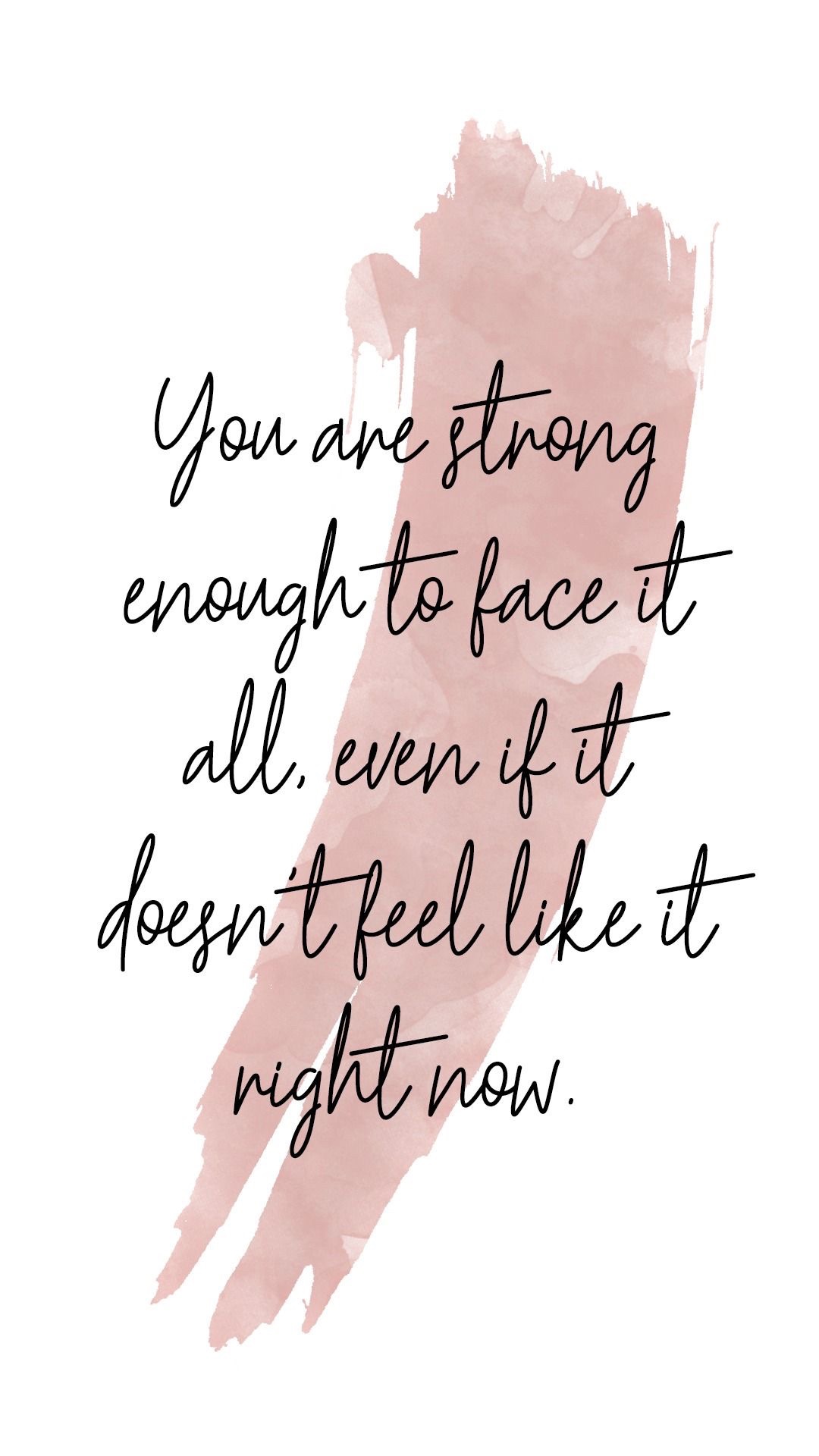 Hi lovely readers! Don’t know about you, but as COVID restrictions continue to ease, I’m feeling a tad reticent about emerging into the harsh glare of society from my ‘work from home’ cocoon; what about you? Even before lockdown, I often found myself wanting to stay under the Doona rather than deliver new workshop content to an unknown audience. I fought the urge to sneak off to the foyer with an ‘urgent call’ excuse rather than mingle at networking events. And I was consistently tempted to feign a foreign disease illness when the boss’s, boss’s boss arrived in town – get the picture? Yeah! I’m talking confidence, that vital ingredient that helps us go about our business with panache.
Hi lovely readers! Don’t know about you, but as COVID restrictions continue to ease, I’m feeling a tad reticent about emerging into the harsh glare of society from my ‘work from home’ cocoon; what about you? Even before lockdown, I often found myself wanting to stay under the Doona rather than deliver new workshop content to an unknown audience. I fought the urge to sneak off to the foyer with an ‘urgent call’ excuse rather than mingle at networking events. And I was consistently tempted to feign a foreign disease illness when the boss’s, boss’s boss arrived in town – get the picture? Yeah! I’m talking confidence, that vital ingredient that helps us go about our business with panache.
Confidence – the stuff that gets us performing in front of that audience, engaging in networking conversations, sharing thoughts with the company’s key players. If you’re facing a return to the office or merely needing a little confidence boost of your own, here’s my top 10 solutions. Each one personally test-driven by your’s truly. And for the already uber-cool amongst us – a refresher. Read on…
Get your ‘cool’ kit on.
Eek! Back to the office, heh? Throughout the year, my top half has remained professional, thanks to con ducting work via Video conferencing. Now, with a return to the office, I need to replace gym pants with corporate. The wise folk who say choose outfits that flatter the body, pass the 360-degree mirror critique, can survive a fire-drill and in colours that compliment your complexion are the go. Grooming too. Hair, makeup, manicure, polished shoes, you get the gist. Here are a few hints from Lily Herman – The Muse – on how to spruce up your style
ducting work via Video conferencing. Now, with a return to the office, I need to replace gym pants with corporate. The wise folk who say choose outfits that flatter the body, pass the 360-degree mirror critique, can survive a fire-drill and in colours that compliment your complexion are the go. Grooming too. Hair, makeup, manicure, polished shoes, you get the gist. Here are a few hints from Lily Herman – The Muse – on how to spruce up your style
Prepare, Prepare, Prepare
Being unprepared always messes with my confidence, so I’ll be drawing on the preparation I used to initiate when tasked with delivering an endless stream of new programs. Review materials the night before, develop run sheets and added fun learning activities to preoccupy the audience while view what’s next. This helped me deliver with confidence, and it must have worked for I was usually invited back. Build preparation time into the calendar and consider that time your reputation saver.
used to initiate when tasked with delivering an endless stream of new programs. Review materials the night before, develop run sheets and added fun learning activities to preoccupy the audience while view what’s next. This helped me deliver with confidence, and it must have worked for I was usually invited back. Build preparation time into the calendar and consider that time your reputation saver.
Fake it ’till you make it
 Networking, walking into a party full of strangers, public speaking (see point 2), daunting for so many. How to kick nerves to the curb? A sincere smile, firm handshake, carefully crafted self-introduction, and a few intelligent questions to get people chatting should do it. Soon you’ll realise you’re no longer faking it. Here’s some excellent advice from Avery Augustine – The Muse, about the times when you really should fake it until you make it.
Networking, walking into a party full of strangers, public speaking (see point 2), daunting for so many. How to kick nerves to the curb? A sincere smile, firm handshake, carefully crafted self-introduction, and a few intelligent questions to get people chatting should do it. Soon you’ll realise you’re no longer faking it. Here’s some excellent advice from Avery Augustine – The Muse, about the times when you really should fake it until you make it.
Surround yourself with positivity
I recently had a candidate who applied for another internal role in her company rather than take the offered redundancy. Her interviewer and potential boss informed her that she didn’t get the job because she ‘interviewed terribly’. Then smugly offered to groom her interview techniques for a job elsewhere. That single experience shattered this usually confident, self-assured candidate’s confidence. Would you want to work with someone as toxic as that? If you’re surrounded by people who pull you down instead of lift you up, run! Replace them with positive people who notice your good attributes and give you great vibes.
take the offered redundancy. Her interviewer and potential boss informed her that she didn’t get the job because she ‘interviewed terribly’. Then smugly offered to groom her interview techniques for a job elsewhere. That single experience shattered this usually confident, self-assured candidate’s confidence. Would you want to work with someone as toxic as that? If you’re surrounded by people who pull you down instead of lift you up, run! Replace them with positive people who notice your good attributes and give you great vibes.
New to the city? Lily Herman – The Muse can show you how to build an incredible network from scratch. Wanting to develop your friendship circle? Join one of the many ‘MeetUp’ groups in your locale, or one or two clubs, or participate in a little Community Service.
Participate in Community Service
Those who volunteer have been known to feel better about themselves than those who don’t. I get the odd opportunity through no fee work that we offer, and the joy can be infectious. It may be as simple as reading or running errands for an elderly neighbour, pitching in at the local soup kitchen, volunteering for door knock appeals. Rebecca Andruszka – The Muse gives you a heads up on volunteerism.
Correct a habit
 Addicted to your phone? Been swapping sleep for Netflix marathons? (oh wait, that’s me!) Figure you don’t have time for exercise? Knowing it takes 90 days to change a habit, I challenged myself to rise 30 minutes earlier, walk and revel in the crispness of early morn. I’m now addicted. Changing one small routine will make you feel great, show you what is possible and lead to more significant changes. More positive changes equal more confidence! Kat Moon shares some of the habits you can fix quickly.
Addicted to your phone? Been swapping sleep for Netflix marathons? (oh wait, that’s me!) Figure you don’t have time for exercise? Knowing it takes 90 days to change a habit, I challenged myself to rise 30 minutes earlier, walk and revel in the crispness of early morn. I’m now addicted. Changing one small routine will make you feel great, show you what is possible and lead to more significant changes. More positive changes equal more confidence! Kat Moon shares some of the habits you can fix quickly.
Learn something new
 As I mentioned, as a trainer, I had to absorb every subject to have a modicum of confidence when facilitating. Talk about a brain fry! The upside? I vicariously earned Certificates in Front Line, Business, Office and HR Management, psychometric testing, stress and change management and more. When tasked with delivering computer training for a bunch of folk, I laughed (rather hysterically for I had taught myself the computer). Conquered the fear by loading up with Points 1, 2 and 3 and ended up learning just as much from my audience as they did me.
As I mentioned, as a trainer, I had to absorb every subject to have a modicum of confidence when facilitating. Talk about a brain fry! The upside? I vicariously earned Certificates in Front Line, Business, Office and HR Management, psychometric testing, stress and change management and more. When tasked with delivering computer training for a bunch of folk, I laughed (rather hysterically for I had taught myself the computer). Conquered the fear by loading up with Points 1, 2 and 3 and ended up learning just as much from my audience as they did me.
Feel like your behind at work? Concerned about your parenting post COVID-19? Struggling with social media? Be proactive and take a class. Just the act of doing something about it can make you feel better.
Consider MOOCs (Massive Open Online Courses), where you’ll pick up some of the best free learning from Universities the world over. For folk in their later years, there’s the U3A – University of the Third Age.
Clean up
I’m one of those irritating people who can’t work well in chaos, and tidying my surrounds is my procrastination before finally getting stuck into a project. Organising your workspace or house after the COVID-19 home parenting, co-working life of the last 12 months can provide a sense of control that many with low self-esteem lack. It can also help you find things more quickly, leading to feeling better in the future.
procrastination before finally getting stuck into a project. Organising your workspace or house after the COVID-19 home parenting, co-working life of the last 12 months can provide a sense of control that many with low self-esteem lack. It can also help you find things more quickly, leading to feeling better in the future.
Here’s the messy person’s guide to staying organised thank’s to Emma Siemasko – The Muse. And if you’re really, really wanting to make a difference, try Marie Kondo’s best selling The Life-Changing Magic of Tidying
Focus on the positive
One of my lovely friends shares a positive affirmation every morning on Facebook. Each message always seems to boost my step. We so often focus on the negative – things we feel we are not good at instead of focusing on those we are. I ask my candidates to think of all the times they’ve made a difference in life or at work, no matter how small – what were they dealing with at the time? How did they address it? What did the outcome look like? Writing down all the wonderful things we’ve achieved is a great way to showcase our strengths and remind us of just how clever and capable we are. Perfect for swapping out that negative self talk with the positive.
So many self-help books out there, but a few that I love – if not for the title alone include:
- Think like a Monk by Jay Shetty – how to train your mind for peace and purpose every day
- The Life-Changing Magic of Not Giving a F*uck by Sarah Knight – how to stop spending time you don’t have with people you don’t like doing things you don’t want to do.
- How to Have a Good Day by Caroline Webb – think bigger, feel better and transform your working life
- This is Happening by Rohan Gunatillake – redesigning mindfulness for our very modern lives
When all else fails, check out Bill Murphy Jr. of Inc’s suggestions. When the going gets tough – 10 smart moves.
Good luck and I’d love to hear your own ideas!





